Discover 6 hidden attractions, cool sights, and unusual things to do in Bamburgh (United Kingdom). Don't miss out on these must-see attractions: Bamburgh Lighthouse, Monument to Grace Darling, and St Aidan's Church. Also, be sure to include Bamburgh Castle in your itinerary.
Below, you can find the list of the most amazing places you should visit in Bamburgh (England).
Table of Contents
Bamburgh Lighthouse
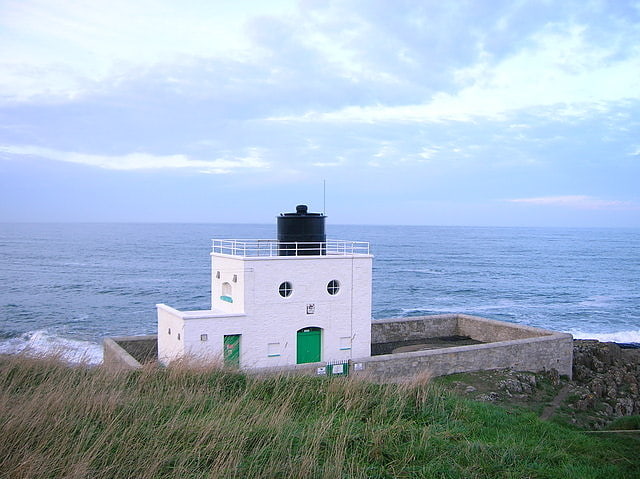
Lighthouse in England. Bamburgh Lighthouse was built by Trinity House in 1910 to guide shipping both passing along the Northumberland coast and in the waters around the Farne Islands. It was extensively modernised in 1975 and is now monitored from the Trinity House Operations and Planning Centre in Harwich. Routine maintenance is carried out by a local attendant. It is the most northerly land-based lighthouse in England.
When originally built, the lamp was mounted on a 36 ft (11 m)-high skeletal steel tower (the footprint of which can still be seen within the compound) which stood alongside the white building which housed an acetylene plant to power the lamp. (A similar arrangement can be seen today at Peninnis Lighthouse in the Isles of Scilly.) The lamp was mounted within a fixed third-order dioptric optic. It was a sector light with a group occulting characteristic (showing two eclipses every 15 seconds). The light was electrified in 1967. Diesel generators were installed in the (redundant) acetylene building.
In 1975 the tower was removed, and a new lantern and lens were installed on top of the old acetylene building. In the 1980s the lighthouse was connected to mains electricity, the generators being retained as a standby provision.[1]
Monument to Grace Darling
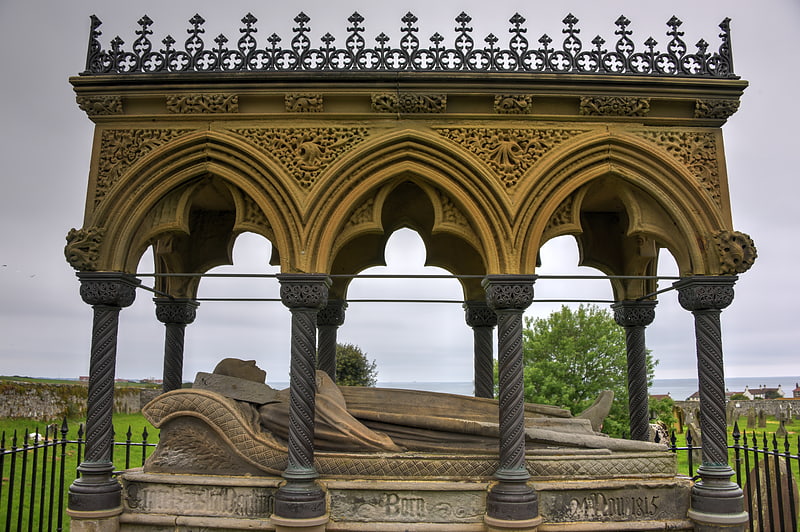
The Monument to Grace Darling, in the churchyard of St Aidan's Church, Bamburgh, Northumberland is a Victorian Gothic memorial. The monument was designed by Anthony Salvin, with later renovations by Frederick Wilson, C. R. Smith and W. S. Hicks. Grace Darling was born on 24 November 1815, the daughter of the lighthouseman at Longstone Lighthouse. In 1838, Darling became a national heroine when she and her father rescued nine people from the wreck of the SS Forfarshire, a ship that had run aground off Big Harcar, an island off the Northumbrian coast. Darling died, aged 26, in 1842 and the monument was raised some distance to the north of her grave to make it viewable to passing sailors,at the west edge of the churchyard in the same year. It is a Grade II* listed structure.[2]
St Aidan's Church

Anglican church in Bamburgh, England. St Aidan's Church is a Grade I listed Church of England building in the Diocese of Newcastle.[3]
Address: Radcliffe Rd, NE69 7AB Bamburgh
Bamburgh Castle
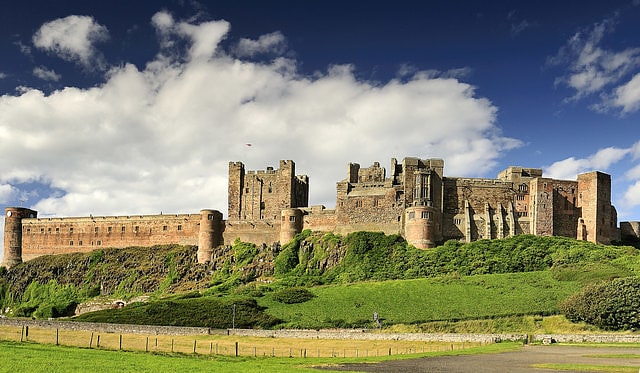
Inhabited castle on volcanic outcrop. Bamburgh Castle is a castle on the northeast coast of England, by the village of Bamburgh in Northumberland. It is a Grade I listed building.
The site was originally the location of a Celtic Brittonic fort known as Din Guarie and may have been the capital of the kingdom of Bernicia from its foundation in c. 420 to 547. After passing between the Britons and the Anglo-Saxons three times, the fort came under Anglo-Saxon control in 590. The fort was destroyed by Vikings in 993, and the Normans later built a new castle on the site, which forms the core of the present one. After a revolt in 1095 supported by the castle's owner, it became the property of the English monarch.
In the 17th century, financial difficulties led to the castle deteriorating, but it was restored by various owners during the 18th and 19th centuries. It was finally bought by the Victorian era industrialist William Armstrong, who completed its restoration. The castle still belongs to the Armstrong family and is open to the public.[4]
RNLI Grace Darling Museum
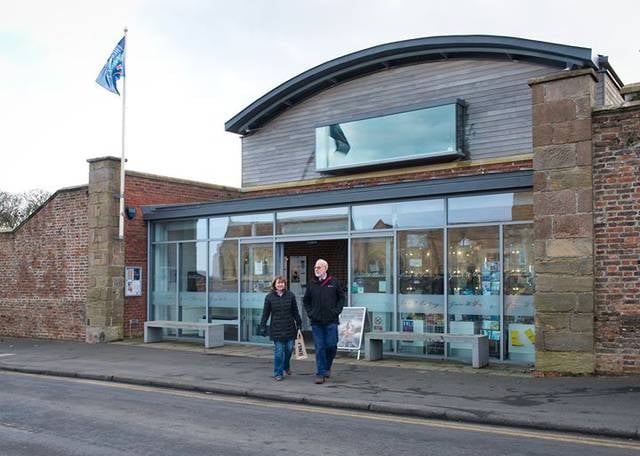
Specialty museum, History museum, Museum
Address: Radcliffe Road, NE69 7AE Bamburgh
Bamburgh Dunes
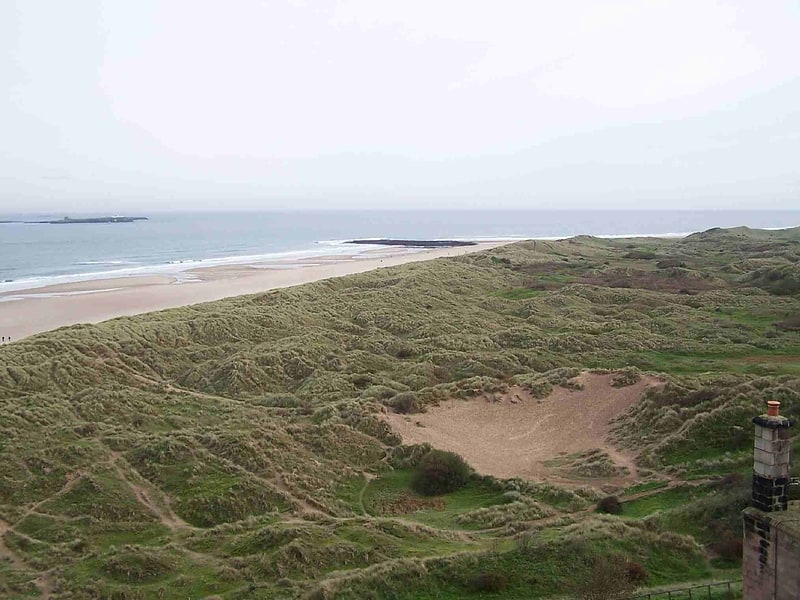
Bamburgh Dunes are a region of coastal sand dunes with an area of over 40 hectares situated around the village of Bamburgh in Northumberland, England. The dunes, which stand in the shadow of the impressive Bamburgh Castle, have been a Site of Special Scientific Interest since 1995 and are part of the North Northumberland Dunes Special Area of Conservation. The dunes have a rich diversity of flora and fauna and in places provide good examples of “climbing dunes” found where sand has been blown onto high ground adjacent to the beach.
Bamburgh Dunes vary from open sandy beaches, through low ridges dominated by marram grass, to more stable grass-covered dunes. These occur as a series of irregular parallel sand ridges and hummocks separated by hollows, which are seasonally wet. Some of the plant species include the pyramidal orchid, Centaurium, sea sandwort and petalwort (which is on the List of endangered species in the British Isles). The dunes are also rich in rare insect life, over 500 species have been identified including 15 rare species including a plant hopper (Dicranotropis divergens) a grass-mining fly (Opomyza punctata), and a shore fly (Psilopa marginella). Birds attracted to the dunes include grasshopper warbler, sedge warbler, European stonechat, meadow pipit and reed bunting. In winter short-eared owl and water rail are also found.
Over the years more vigorous invasive plant species and scrub have encroached, making the dune system too stabilised and threatening the uniqueness of Bamburgh Dunes, most rare plant species appreciate the unstable and shifting structure of sand dunes. In an effort to counteract this, Bamburgh Castle Estate, English Nature, DEFRA, Northumberland County Council and Bamburgh Parish Council have come up with a plan of management which has resulted in cattle being allowed to graze the dunes since 2000 to break up the dominant grass cover. A fence has been erected to contain the cattle within the dunes, access by people is encouraged within the fenced area with stiles and gates sited on the main paths.
An ancient Anglo-Saxon 7th century burial ground was unearthed in the dunes to the south east of Bamburgh Castle during an archaeological dig in 1998 by the Bamburgh Research Project. The burial ground, called the Bowl Hole, had been known to exist since 1816 when violent storms removed large amounts of dune sand and uncovered the site for a period. The BBC television programme “Meet the Ancestors” became involved during the dig and screened a programme about the finds in February 2001.[5]